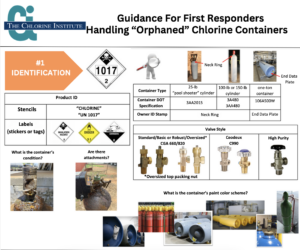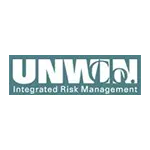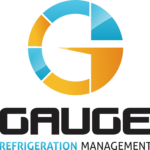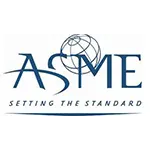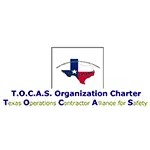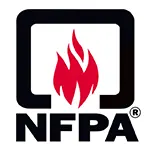Let us help you make sense of PSM / RMP!
My friend Brian Chapin will be offering an open-enrollment PSM/RMP class in Burleson, Texas, July 8th to 11th, 2025. Brian is an absolute pro in NH3 Refrigeration Process Safety. Anyone who attends will also get a FREE membership to SAFTENG. You can get more information on the class with this link.
CLICK HERE to Renew your Membership
CLICK HERE for a NEW Membership
CLICK HERE to see eligibility requirements for FREE Membership
If you have any questions, please contact m
SAFTENG has:
- Over 18,000 categorized unsafe acts/conditions and accident/injury photos
- Over 1,500 ppt's & doc's in the SAFTENG Library
- Over 4,000 Technical Articles on Process Safety, Emergency Response & OSH topics
- Over 450 videos (those not allowed on YouTube Channel)
Many THANKS to my NEW Members and those who CONTINUE to support SAFTENG:









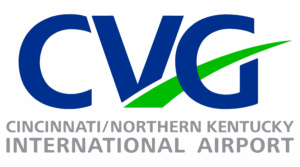

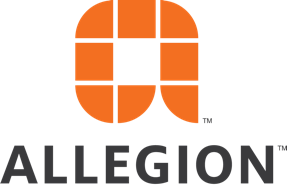

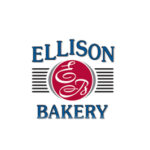
January 31, 2024
Not only did OSHA update its Compliance Directive for Process Safety Management standard 1910.119, effective January 26, 2024, this week, they also posted a Letter of Interpretation (LOI) clarifying several key terms used in its PSM Standard. Terms defined include: Employer Employee Access, as used in the EP element Accessible, as used in the SOP element Maximum Intended Inventory Electrical...
Read More
January 31, 2024
1910.146(d)(14) does not specify how many or what percentage of entry permits must be reviewed annually. Would it be compliant if an employer reviews a representative sample of the entry permits during the one-year review? The easy answer is NO, ALL CANCELED ENTRY PERMITS AND NOT A REPRESENTATIVE SAMPLE OF THE ENTRY PERMITS must be reviewed annually. Here is OSHA’s take… NOTE:...
Read More
January 31, 2024
In this Letter of Interpretation (LOI), OSHA answers several common questions related to the practice of Group Lockout, such as: Does OSHA require all authorized employees who place their locks on the group lockbox to verify that the energy source was deenergized before performing servicing and maintenance work? How could a change of condition(s) (e.g., where the lock at the motor control center was...
Read More
January 31, 2024
OSHA answers the following questions as they relate to 1910.178 Powered Industrial Trucks Does OSHA standard 29 CFR 1910.178 apply to the following equipment: A vehicle designed to convey both personnel and equipment, such as welding equipment (Pack Mule Industrial Electric Vehicle: Models covered: SC-775, SCT-7750); Motorized shopping cart trolley/collector (Dane Technologies, QuicKART: Models covered:...
Read More
January 31, 2024
Although this question has been discussed before, OSHA issued a new Letter of Interpretation (LOI) late in 2023 (posted in 2024), answering the following question and has ARCHIVED their previous LOI from November 26, 1996. Does OSHA consider the initial monitoring data and subsequent re-testing data to constitute employee exposure records subject to the record retention period in 29 CFR § 1910.1020(d)(1)(ii)?...
Read More
January 31, 2024
OSHA has posted a Letter of Interpretation (LOI) regarding “industrial markers containing liquid paint or ink. ” Here are the four (4) questions OSHA answers: Question 1: Can an industrial isopropyl alcohol (IPA) or ethyl acetate (EA) based marker containing 10 milliliters (ml) of liquid paint or ink be considered an article per paragraph 1910.1200(c) of HCS 2012? Given the [minute]...
Read More
January 31, 2024
One of our “Partners in Safety”, The Chlorine Institute (CI), has published a new resource for first responders on safely handling “orphaned” chlorine containers. CI defines an “orphaned” chlorine container as a chlorine cylinder or ton container that has been abandoned and is effectively without an owner. CI developed this new orphaned chlorine container guidance to aid first responders...
Read More
January 31, 2024
As I continue my efforts to educate the safety profession in process safety and, more specifically, on the differences between welded pipe joints versus flanged pipe joints, this topic usually comes up. The big question that is the 800-pound gorilla in the room is… If both welded and flanged joints are allowed in our flammable liquid processes, then why does NFPA 497 only make an exception...
Read More
January 31, 2024
This week, I am doing my intermediate 3-day process safety training course for a new client whose process HHC/EHS is Liquefied Petroleum Gas (LPG); however, this process is VERY different than the other clients I have whose HHC/EHS is LPG. My clients are END-USERS of LPG; this facility is NOT the user of the LPG; they merely process it and store it for distribution to the END-USER. They...
Read More
January 31, 2024
Respondent owns and operates a metal parts heat treatment operation and maintains a maximum inventory of 60,000 pounds of anhydrous ammonia, at the Facility, which exceeds the threshold quantity of 10,000 pounds. Respondent uses anhydrous ammonia in its heat treatment process. EPA inspectors completed an announced CAA 112(r) inspection on June 15 through June 16, 2022 (June 2022 Inspection). Respondent...
Read More
January 31, 2024
Respondent is supplied with raw chemical feedstocks by tanker truck or railcar. Chemical unloading operations occur on the eastern portion of the Facility at dedicated tank truck and railcar unloading stations. Several chemicals are stored in bulk at the Facility in dedicated aboveground storage tanks (ASTs), including, nitric acid (one tank), hydrogen peroxide (four tanks), sodium hypochlorite (two...
Read More
January 31, 2024
Respondent operates a granular monoammonium phosphate (GMAP) process and a diammonium phosphate (DAP) process at the Facility, meeting the definition of “process” as defined by 40 C.F.R. § 68.3. A different Respondent operates an anhydrous ammonia process at the Facility, meeting the definition of “process” as defined by 40 C.F.R. § 68.3. The GMAP and DAP processes are located on contiguous property...
Read More


